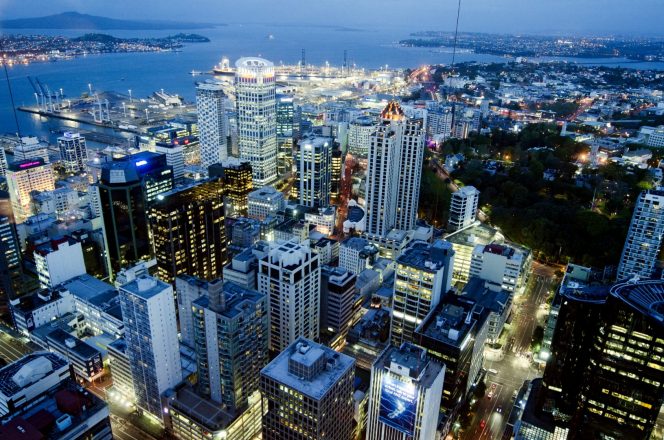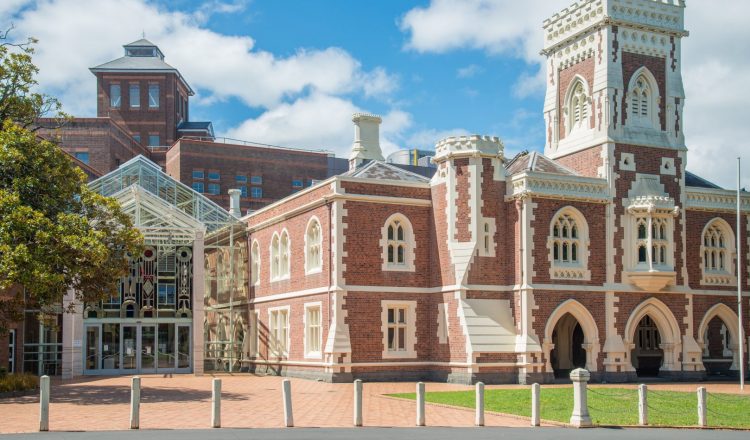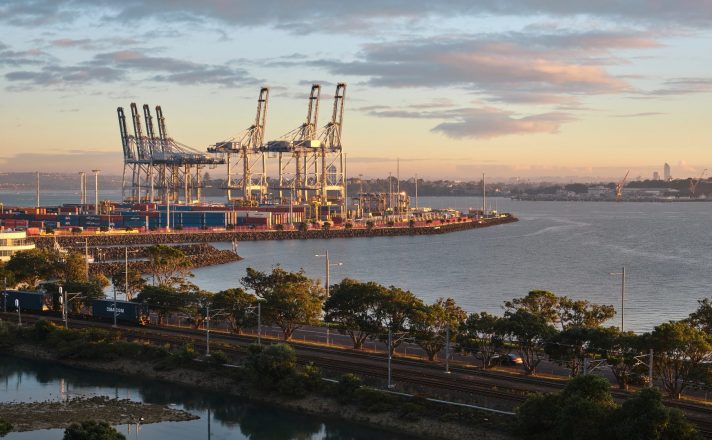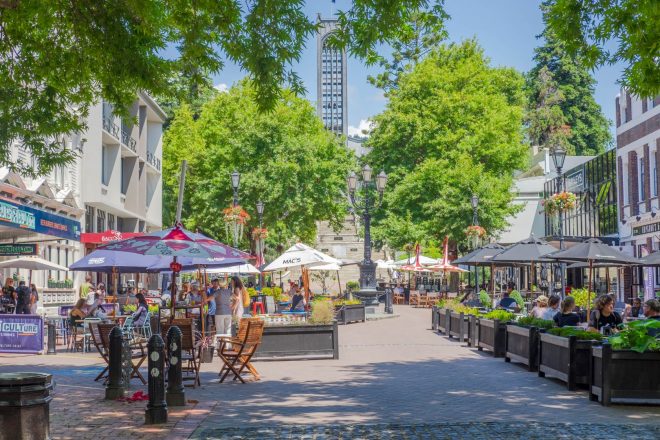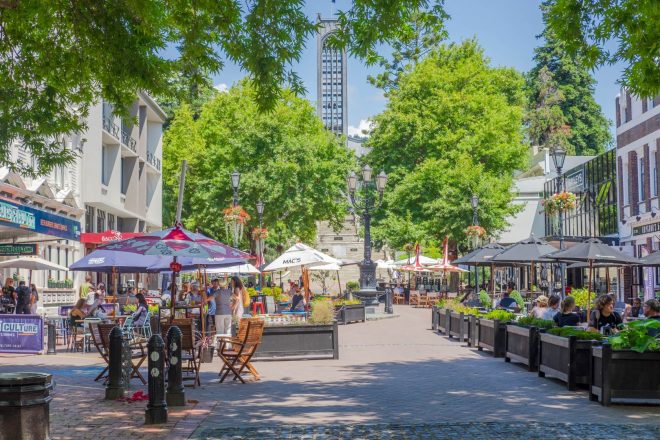When is OIO Consent Required
What is an “overseas person”?
Central to the consent regime is the definition of “overseas person”. The definition extends to:
(a) natural persons who are not New Zealand citizens or ordinarily resident in New Zealand;
(b) a body corporate incorporated outside New Zealand;
(c) a body corporate (including a New Zealand company) which is a “25% or more subsidiary” of a body corporate incorporated outside New Zealand;
(d) a body corporate where an overseas person has or overseas persons have:
- 25% or more of a class of securities;
- the power to control the composition of 25% or more of the governing body; or
- the power to control the exercise of 25% or more of the voting power at a meeting; and
(e) partnerships, unincorporated joint ventures, other unincorporated bodies, trusts and unit trusts, where relevant overseas ownership or control thresholds are exceeded.
What is “sensitive land”?
“Sensitive land” includes a freehold interest, or a leasehold interest of more than three years, in land of the following types:
(a) non-urban land areas greater than five hectares;
(b) land on certain specified islands;
(c) other parcels of land that are classified as “sensitive” due to their inclusion of, or proximity to, waterways, parks, conservation areas, or areas of historic significance; or
(d) residential land, being property categorised as “residential” or “lifestyle”.
Generally, overseas persons who are not “ordinarily resident” in New Zealand (and hold the requisite residence class visa to do so) will require OIO consent before they are able to acquire residential land. Investors or developers who are overseas persons may be able to obtain consent to purchase residential land where they will increase the housing supply (ie by constructing dwellings) and commit to sell the properties once the investment is complete
Australian and Singapore investors who are ordinarily resident in New Zealand and will not need OIO consent to acquire residential land that is not otherwise sensitive.
A material investment in a business that owns or leases sensitive land will usually constitute an acquisition of “sensitive land” for the purposes of the Overseas Investment Act.
What are “significant business assets”?
An acquisition of “significant business assets” includes:
(a) acquiring 25% or more stake (or increasing an existing 25% or more stake) in a business where the consideration paid for the New Zealand part of the investment exceeds NZ$100 million;
(b) acquiring 25% or more stake (or increasing an existing 25% or more stake) in a business where the value of the New Zealand assets of the business exceed NZ$100 million;
(c) acquiring any property in New Zealand (including goodwill and other intangible assets) for more than NZ$100 million; or
(d) establishing a business in New Zealand where the expenditure incurred exceeds NZ$100 million.
The NZ$100 million threshold is increased to NZ$536 million under certain circumstances for Australian non-government investors, and NZ$200 million for certain countries which have trade agreements with New Zealand (including countries which are party to the Comprehensive and Progressive Agreement for Trans-Pacific Partnership).
Associates
Investments by an “associate” of an overseas person are also captured. The concept of association includes situations of control, agency, acting jointly or in concert and participation in an overseas investment as a consequent of “any arrangement or understanding”.

















































